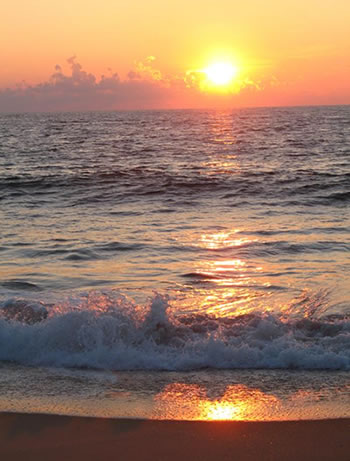Sunrise over the Atlantic Ocean
Click on image for full size
Courtesy of UCAR and Carlye Calvin, photographer
Motions of the Ocean
Ocean water is always moving.
Water swirls around ocean basins in surface ocean currents. The Gulf Stream is a surface current that runs between the United States and Europe in the North Atlantic Ocean. Smaller spinning rings of water called eddies can form from surface ocean currents.
Ocean water also moves from the deep sea to the ocean surface. Places where this happens are called areas of upwelling. The marine life and the climate can be affected as the cold water makes its way up from the deep. The upwelling water is rich in nutrients so plankton flourishes, and it is very cold, which can lead to cool, damp and foggy weather.
Moving water is found on smaller scales too. Waves travel across the ocean and crash on coastlines. Currents along coastlines have the power to transport sand to new places and to even move swimmers far from their beach towels.
On a global scale, water moves each day with the tides. And over a long time it moves around the world from the shallow to deep oceans because of changes in the water’s density - a process called thermohaline circulation.
The moving water in the oceans transports heat and so it has a large impact on Earth’s climate.
You might also be interested in:
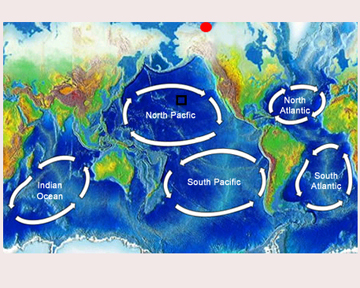
A gyre is another name for a swirling vortex. Ocean gyres are large swirling bodies of water that are often on the scale of a whole ocean basin or 1000’s of kilometers across (hundreds to thousands of
...more
The water at the ocean surface is moved primarily by winds that blow in certain patterns because of the Earth’s spin and the Coriolis Effect. Winds are able to move the top 400 meters of the ocean creating
...more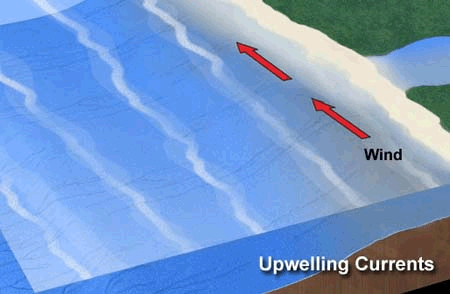
There are places in the ocean where water from the deep sea travels up to the surface. These are called areas of upwelling. The deep waters can have a large influence upon life in the ocean and the climate
...more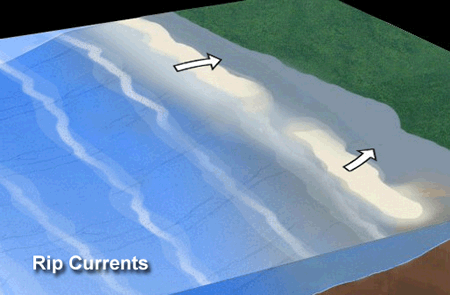
Ocean waves often move towards a beach at an angle. This moves water along the coast in a longshore current. Longshore currents grow stronger when the waves come towards the beach at a large angle. The
...more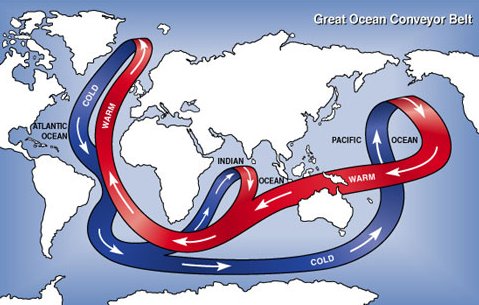
The world has several oceans, the Pacific, the Atlantic, the Indian, the Arctic, and the Southern Ocean. While we have different names for them, they are not really separate. There are not walls between
...more
There are many connections between the ocean and the atmosphere in the Southeast Pacific Ocean. Strong winds blow north along the coast of South America. These winds stir up the ocean. That brings cold
...more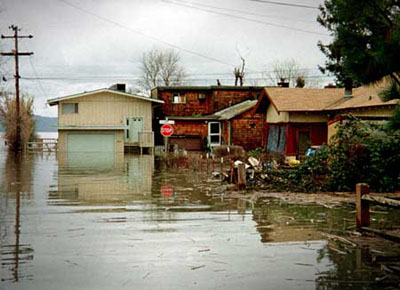
Sometimes there is a change in the way air moves through parts of the atmosphere. And there are sometimes changes in the way water moves through the ocean too. This disturbs typical weather patterns, or
...more


